Pain management techniques for wrist fractures
Distal radius fractures account for 17.5% of all fractures with a median age of 60.23
(Candela et.al, 2022). Pain management is a significant part of post wrist fracture
treatment due to limitations that pain incurs. Chronic Regional Pain Syndrome (CRPS) can
occur along with a distal radius fracture but will not be covered in this post due to its complexity.
There are two routes for intervention for a distal radius fracture, surgery and conservative
treatment. Both treatments involve similar aspects but timelines are typically different.
Conservative treatment usually involves casting for 6-8 weeks in order to allow the bone to heal.
Surgical intervention can be followed by casting for 2 weeks or prefabricated brace for 6 weeks.
Early techniques for Pain Management within fracture/surgical precautions:
Heat and Massage: Heat brings blood flow to the area and helps to soften tissues that may be
otherwise tight in order to guard the injured area. Massaging along the incision line and/or the
inflamed areas can help decrease edema and pain.
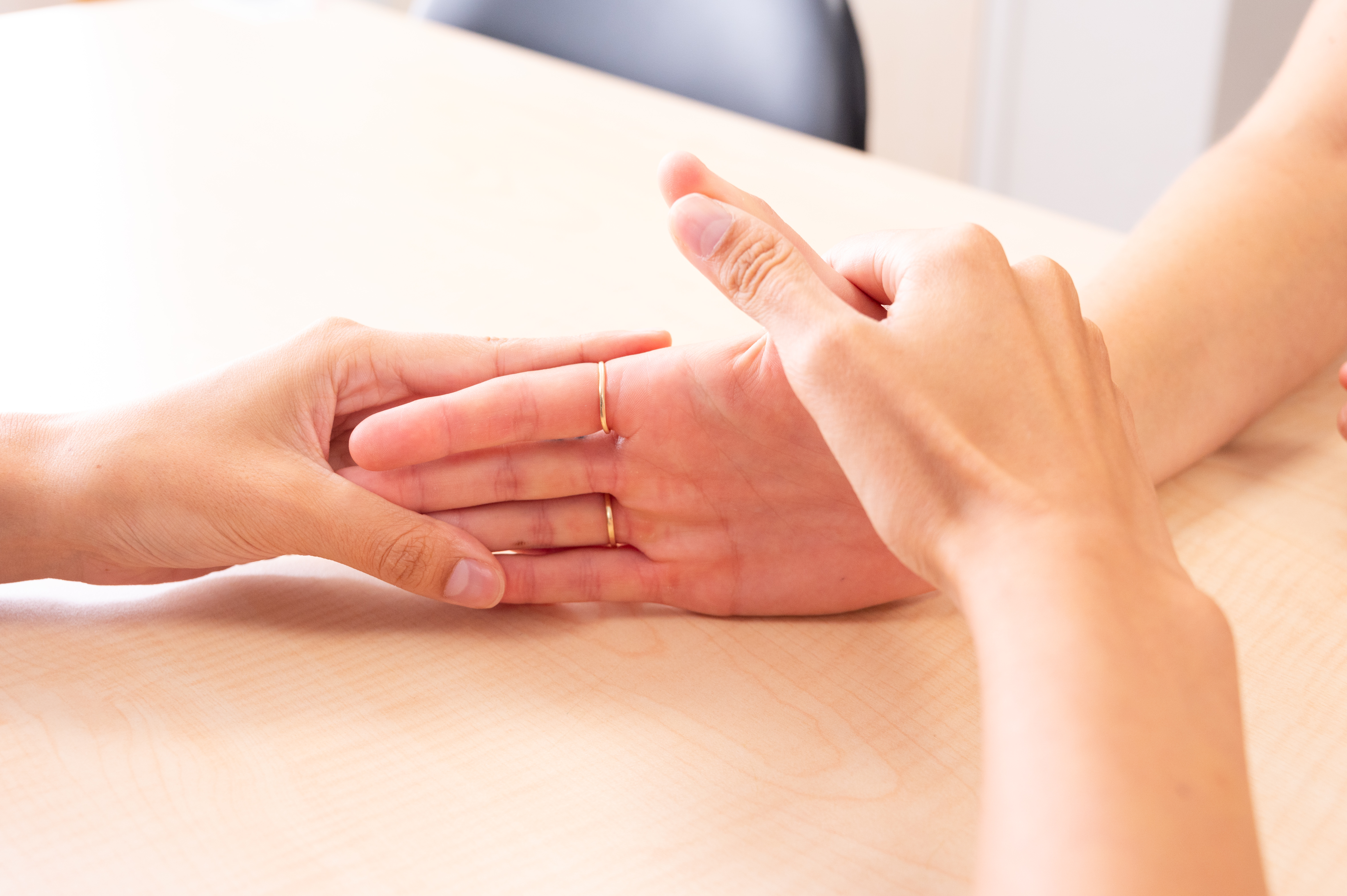
Light Passive Range of Motion: Moving the wrist in all planes of motion helps bring
proprioceptive input into the area and prevents increased stiffness which can cause unwanted
pain with movement. This is done within tolerance and no overpressure due to precautions.
Functional Light Finger and Wrist Mobility: Active range of motion helps to decrease adhesions
and push fluids away from the area. It also helps us retrain the brain to move within tolerance
and decrease the perception of pain.
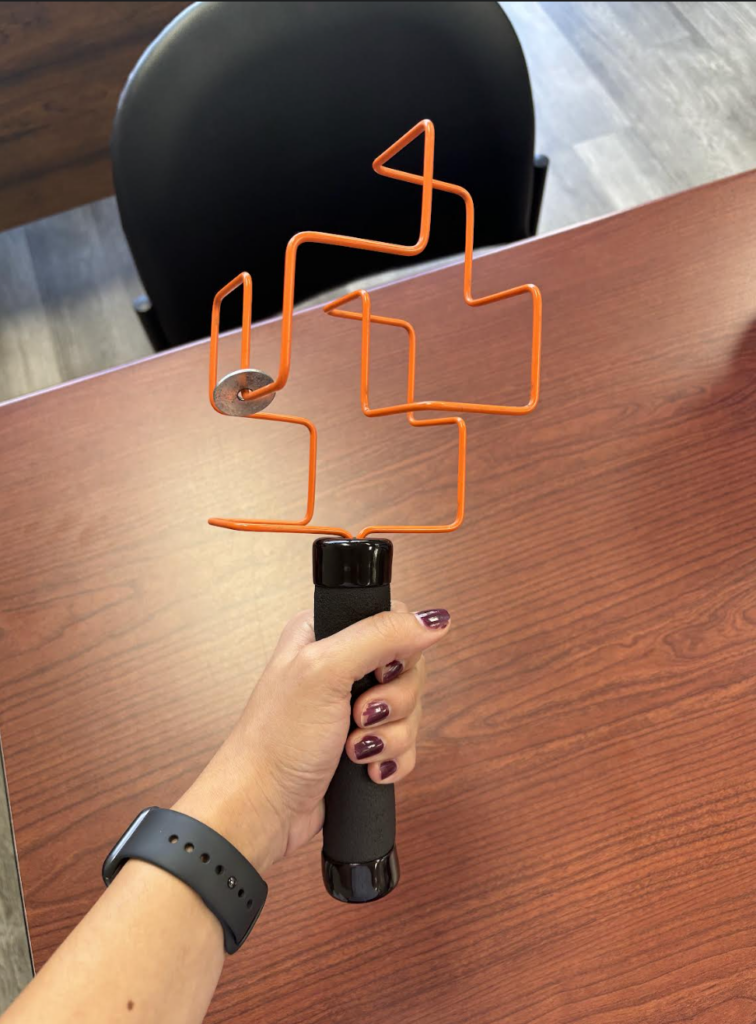
Compression: Sometimes giving a patient proprioceptive input, such as compression, can help
to alleviate pain. If a patient”s wrist/hand is especially swollen, a piece of equipment such as a
compression glove can help provide input and decrease swelling, decreasing the amount of
pain.
Large Chain Movement: Large movements are helpful when pain is present for edema
management and proprioceptive awareness. It opens space for fluid and increases range of
motion for larger muscles while flossing the nerves through the upper extremity.
Candela, V., Di Lucia, P., Carnevali, C., Milanese, A., Spagnoli, A., Villani, C., & Gumina, S.
(2022). Epidemiology of distal radius fractures: A detailed survey on a large sample of
patients in a suburban area. Journal of Orthopaedics and Traumatology, 23(1).
https://doi.org/10.1186/s10195-022-00663-6
2 Comments
Leave a Comment
More To Read
Occupation Based Interventions in Hand Therapy
Keeping Occupation Based Interventions in Hand Therapy By: Tristany Hightower Are your treatments occupation based? Do you tailor your activity choices to fit the needs of each patient? As occupational therapists, we should be specialists in creating goals and interventions that are directed at returning our patients to meaningful occupations. Too often, hand therapy can…
Read MoreOrthotic Options for Hand Burns
By: Sophia Grimm Hand burns can be very challenging to treat, and successful rehabilitation begins early after acute injury. Following a burn injury, scar contractures are the primary reason for the deformity of the hand. Therefore, proper orthotic intervention is key to preventing joint and ligament contractures (Kelly, Berenz & Williams, 2019). Splinting goals following…
Read MoreDo you know the difference between an Electromyography (EMG) and a Nerve Conduction Velocity (NCV) Study?
Do you know the difference between EMG and NCV (an Electromyography and a Nerve Conduction Velocity Study? The term nerve test is usually a broad term that typically indicates both an Electromyography (EMG) and a Nerve Conduction Velocity (NCV) study (EMG vs NCV). An EMG looks at the electrical signals your muscle makes when at…
Read MoreSign-up to Get Updates Straight to Your Inbox!
Sign up with us and we will send you regular blog posts on everything hand therapy, notices every time we upload new videos and tutorials, along with handout, protocols, and other useful information.


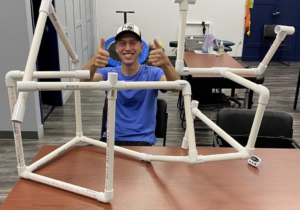
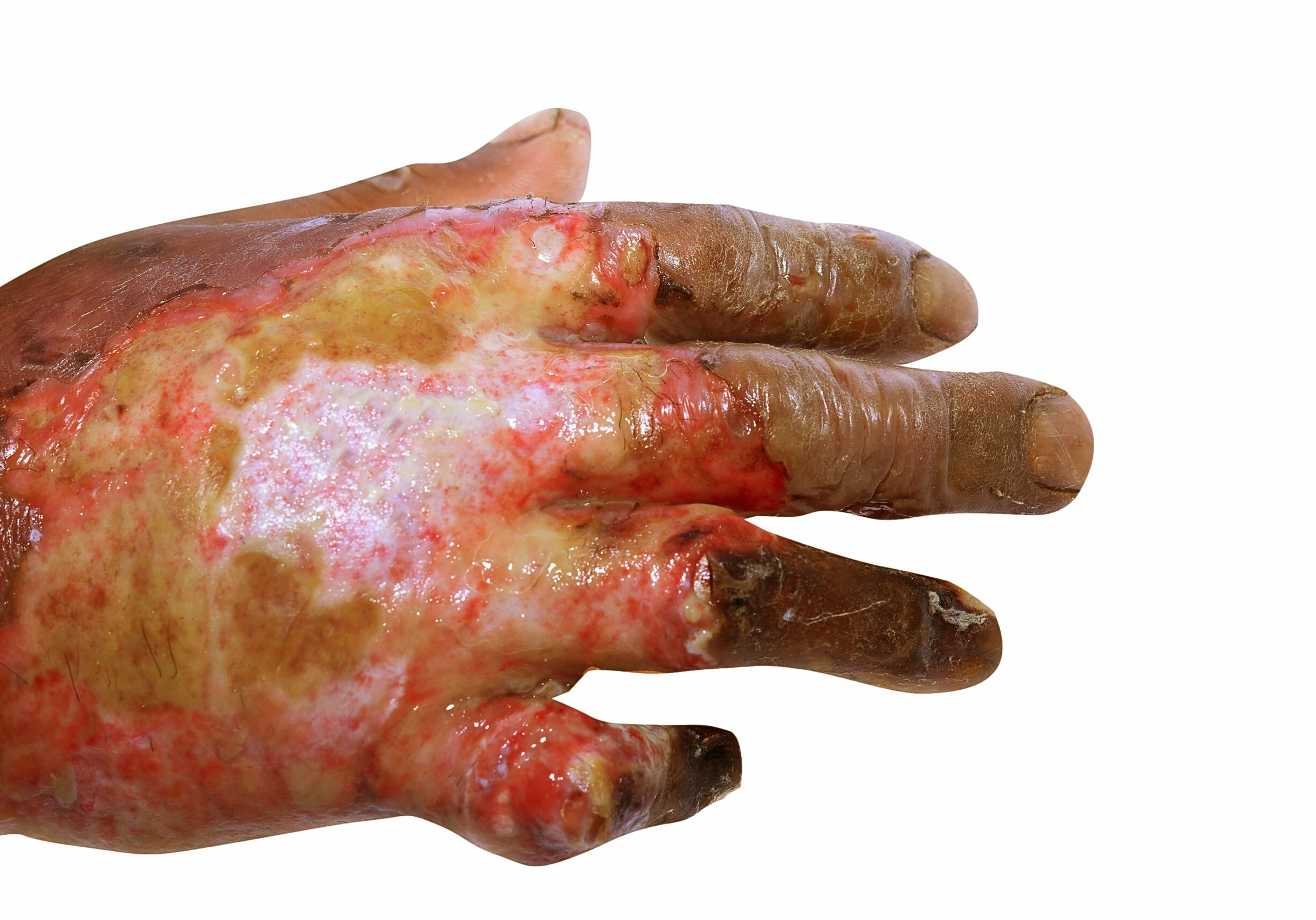
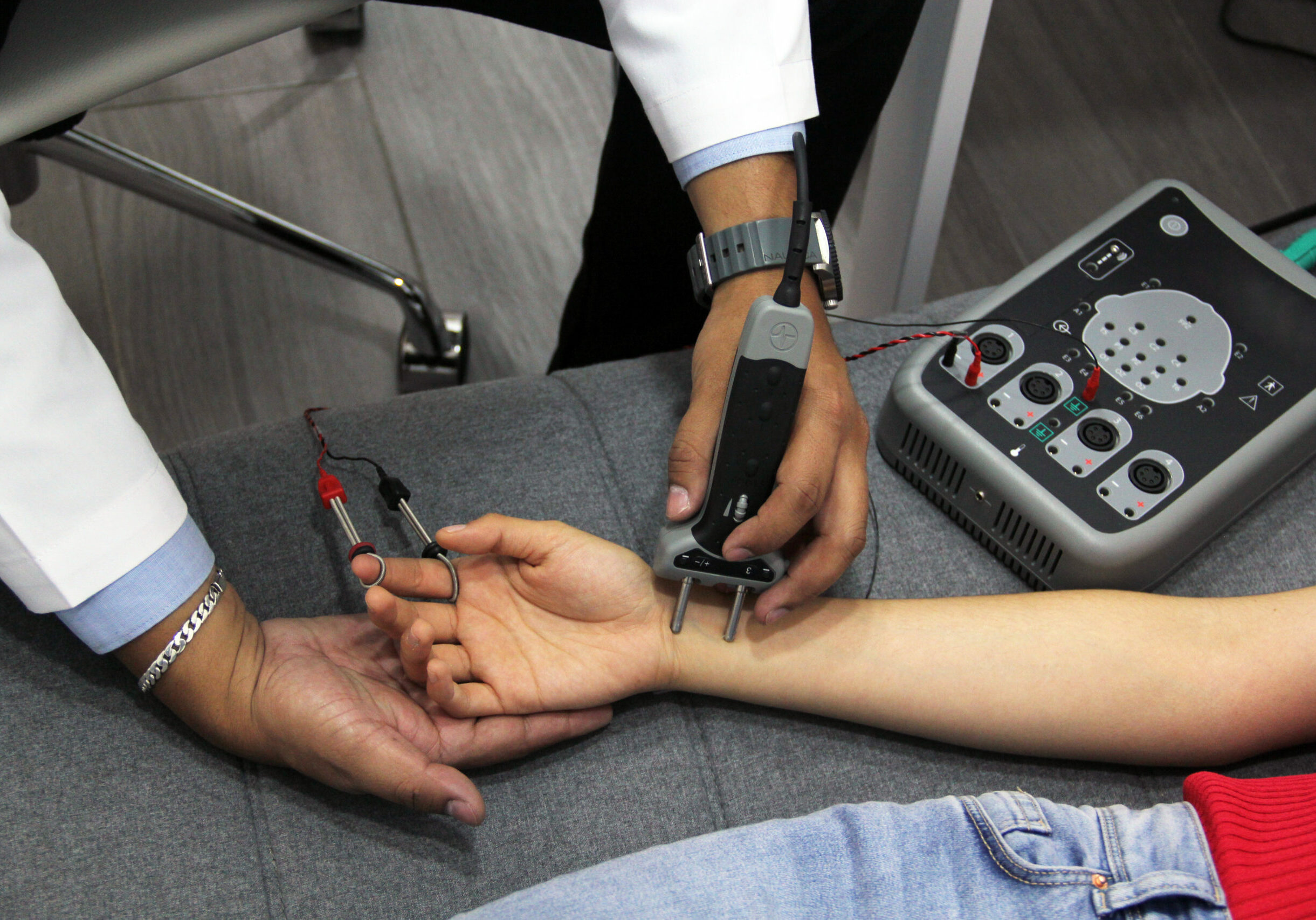

I found the explanation of early-stage methods, like heat, massage, and compression gloves, particularly helpful for reducing pain and swelling. The emphasis on active and passive range of motion to prevent stiffness also makes a lot of sense in promoting recovery. One question that comes to mind is: Are there specific exercises or techniques that might be more beneficial for long-term recovery once the initial pain subsides? It would be interesting to hear if others have found additional strategies helpful as healing progresses.
We are so happy you found this helpful. There are a variety of exercises that can be performed but sorta of depends on how you are progressing